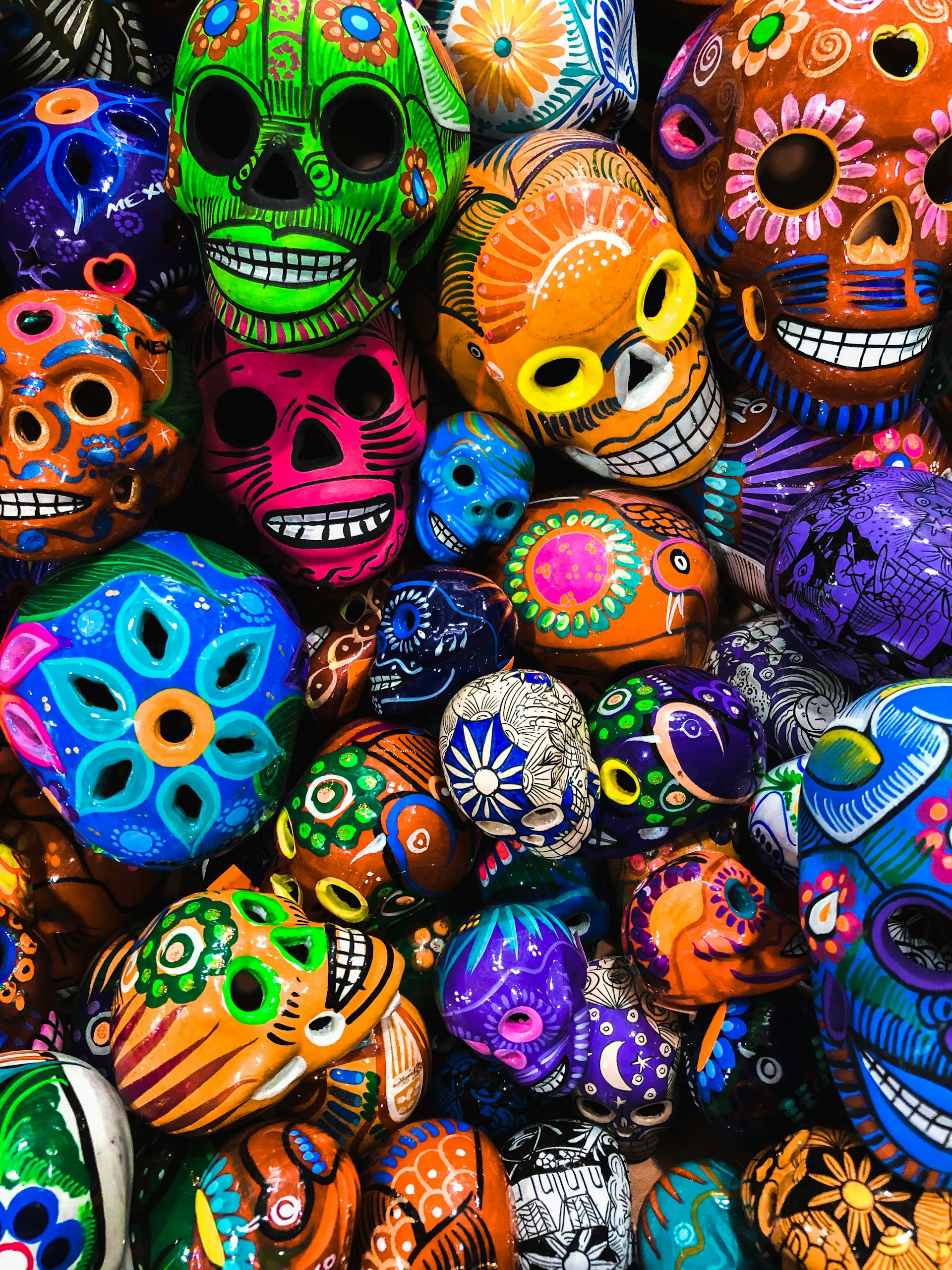Introduction
Dia de los Muertos, or Day of the Dead, is a vibrant Mexican tradition that honors and remembers loved ones who have passed away. Celebrated on November 1st and 2nd, this holiday is filled with color, culture, and community. One of the most essential parts of the celebration is the decorations — they bring joy, meaning, and tradition to homes, altars, and public spaces. Whether you’re new to the tradition or looking to make your ofrenda more special this year, this guide will help you create the perfect Dia de los Muertos setting.
What Is Dia de los Muertos?
Before diving into the decor, it’s important to understand the meaning behind the holiday.
- Origin: Rooted in Aztec traditions and blended with Catholic influences.
- Purpose: Celebrate the lives of deceased loved ones, not to mourn them.
- Main Elements: Altars (ofrendas), marigolds, candles, food offerings, skulls, and music.
Decorations are not just for looks — they carry deep spiritual and cultural symbolism.
Essential Dia de los Muertos Decorations
1. Ofrendas (Altars)
The centerpiece of the celebration. Every family builds an ofrenda to welcome the spirits of the departed.
Key items to include:
- Photos of loved ones
- Candles to light the way
- Pan de muerto (bread of the dead)
- Favorite foods or drinks of the deceased
- Personal items or mementos
- Sugar skulls (calaveras)
- Marigolds (cempasúchil)
Tip: Use a table or shelf, cover it with a colorful cloth, and place decorations in levels to represent heaven, earth, and the underworld.
2. Papel Picado
Papel picado is colorful paper cut into intricate patterns. It symbolizes the fragility of life.
- Available in bright colors like orange, purple, pink, and blue.
- Often strung across ofrendas, doorways, and walls.
- Can be handmade or bought in sets.
Pro tip: Make it a fun DIY project with kids — all you need is tissue paper and scissors!
3. Sugar Skulls (Calaveras)
These are one of the most iconic symbols of Dia de los Muertos.
- Made from sugar, chocolate, or ceramic.
- Decorated with colorful icing, beads, and foil.
- Can include the name of the departed on the forehead.
How to use them:
- Place them on the ofrenda.
- Use them as party favors.
- Paint your own skulls at a family gathering.
4. Marigolds (Cempasúchil Flowers)
Known as the “flower of the dead,” marigolds are believed to guide spirits to the altars.
- Use real flowers or artificial garlands.
- Scatter petals on the ground to create a path.
- Make garlands or flower crowns.
Orange and yellow are the traditional colors used.
5. Candles and Lighting
Light represents hope and guidance for returning souls.
- Use white candles for purity.
- Place candles around photos and offerings.
- Add LED string lights for a modern touch.
Safety tip: If using real candles, keep them away from flammable items.
6. Skeleton Figurines (Catrinas)
Elegant skeletons, often dressed in traditional or festive clothing.
- Inspired by the artwork of José Guadalupe Posada.
- Represent the idea that death is part of life.
- Can be humorous or formal.
Place them:
- Around your altar
- As centerpieces on tables
- In window displays
DIY Dia de los Muertos Decoration Ideas
Make Your Own Papel Picado
Materials:
- Tissue paper
- Scissors
- String or tape
Steps:
- Fold paper accordion-style.
- Cut out shapes and designs.
- Unfold and attach to a string.
Create Mini Ofrendas in Shoeboxes
Perfect for small spaces or classrooms.
- Line a shoebox with colorful fabric or paper.
- Add tiny photos, candles, and flowers.
- Great for kids and educational settings.
Where to Buy Dia de los Muertos Decorations
If you’re not the DIY type, no worries! Here are some places to find beautiful decorations:
- Etsy: Handmade and personalized options
- Amazon: Wide variety with quick shipping
- Party stores: Seasonal items
- Mexican markets or import stores: Authentic and traditional items
Decorating Tips for Home and Events
- Choose a color palette: Orange, purple, pink, yellow, and white.
- Use layers: Combine papel picado, marigolds, and candles for depth.
- Include music and scented items (like copal incense) to enhance the atmosphere.
- Keep it respectful: Remember, this is a spiritual celebration, not just a party.
Conclusion
Dia de los Muertos decorations go beyond aesthetics — they tell stories, honor memories, and connect us with our roots. Whether you’re building your first ofrenda or adding a few new pieces to your family tradition, each decoration brings meaning and color to the celebration.
Start small or go big — just make it from the heart.
👉 Ready to get started? Explore your local craft store or visit online shops to begin decorating your Dia de los Muertos altar today.
